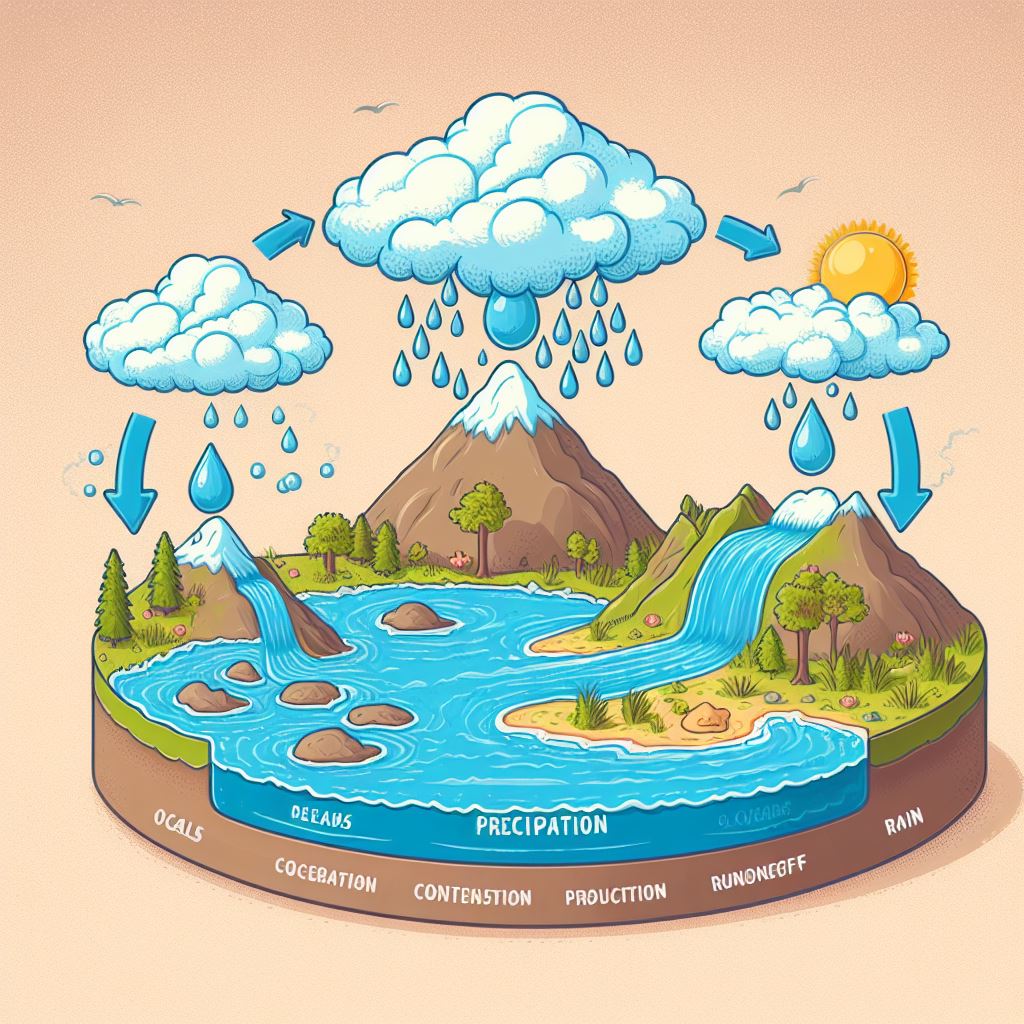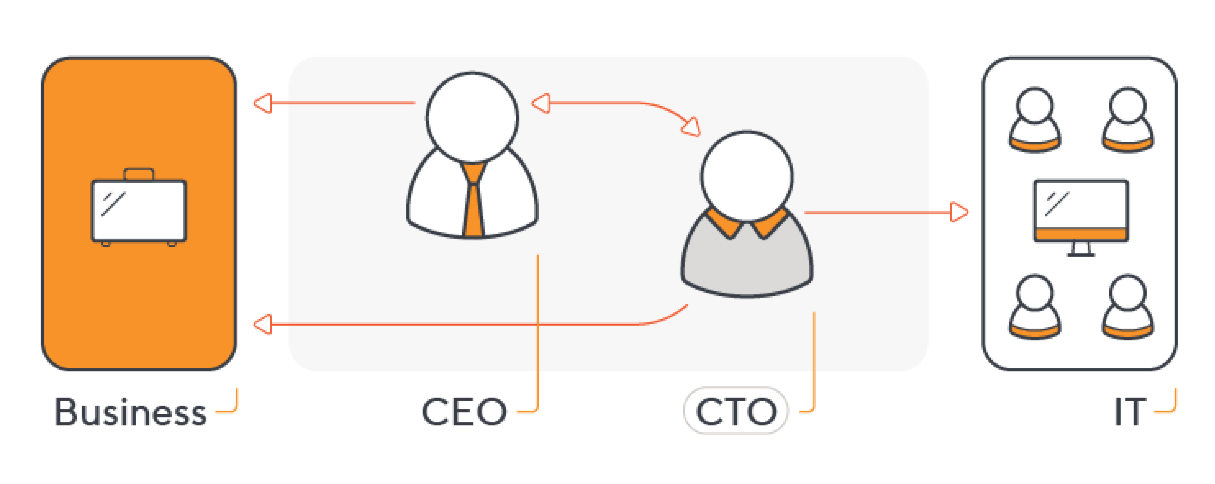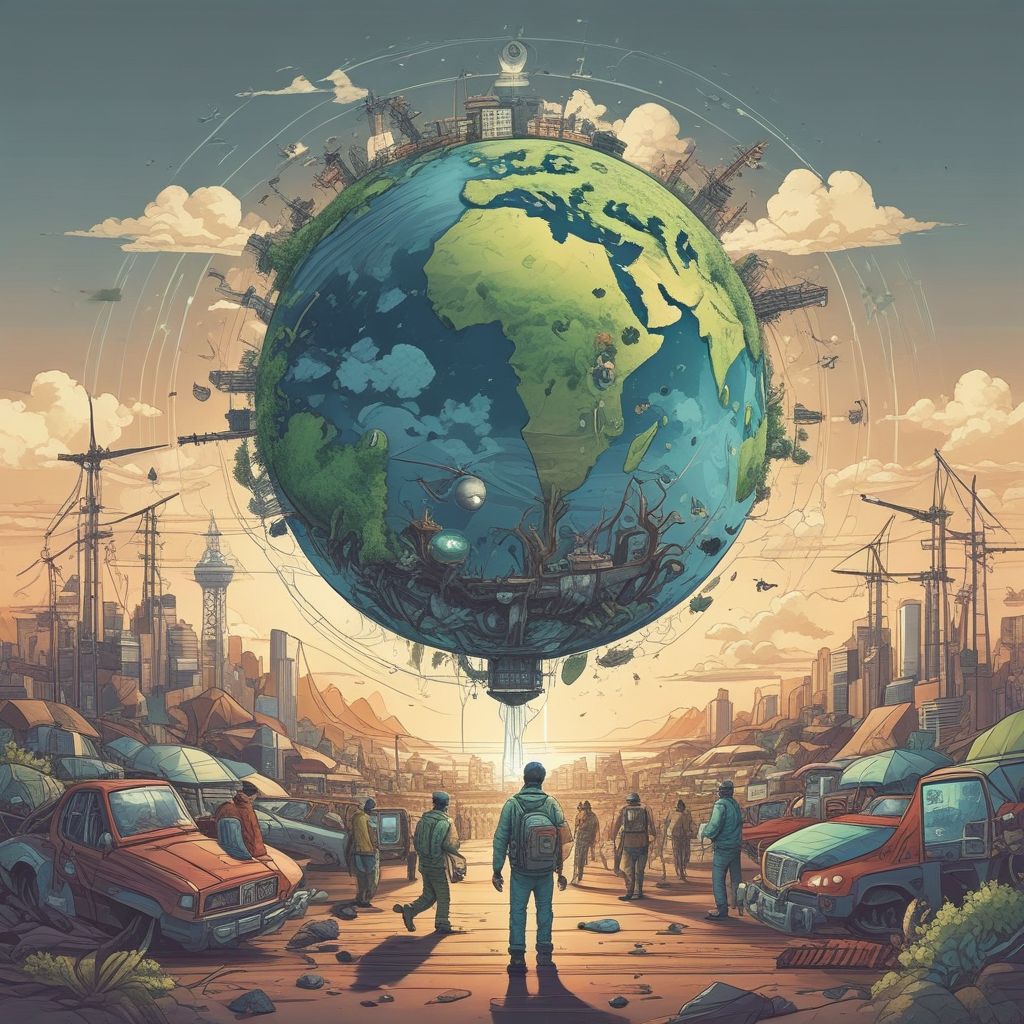Water scarcity is a global challenge, affecting millions of people and ecosystems. As climate change intensifies, efficient water management becomes critical. AI and ML offer innovative solutions to optimize water usage, monitor quality, and enhance conservation efforts.
Applications of AI and ML in Water Conservation
Smart Irrigation Systems
- AI-powered irrigation systems analyze weather data, soil moisture levels, and crop requirements.
- ML algorithms adjust irrigation schedules, minimizing water waste while maximizing crop yield.
- Precision agriculture techniques reduce water consumption and promote sustainable farming.
Leak Detection and Prevention
- AI algorithms monitor water distribution networks for leaks and anomalies.
- ML models predict potential leaks based on historical data and real-time sensor readings.
- Early detection prevents water loss and infrastructure damage.
Water Quality Monitoring
- AI-driven sensors assess water quality parameters such as pH, turbidity, and contaminants.
- ML models identify patterns and anomalies, alerting authorities to potential pollution events.
- Real-time monitoring ensures timely intervention and protects ecosystems.
Desalination Optimization
- Desalination plants convert seawater into freshwater, but the process is energy-intensive.
- AI algorithms optimize desalination operations by adjusting variables like pressure and temperature.
- ML predicts membrane fouling and improves efficiency, reducing energy consumption.
Aquifer Management
- AI models analyze historical data to predict aquifer recharge rates and depletion trends.
- ML assists in sustainable groundwater extraction planning.
- Decision support systems balance human needs with ecological requirements.
Water-Energy Nexus
- Integrating water and energy systems is crucial for sustainability.
- AI optimizes energy usage in water treatment plants.
- ML identifies energy-efficient processes, minimizing environmental impact.
Drought Prediction and Mitigation
- AI analyzes climate data, satellite imagery, and historical drought patterns.
- ML models predict drought onset and severity.
- Early warnings enable proactive measures, such as water rationing and crop diversification.
Challenges and Future Directions
Data Quality and Availability
- Reliable data is essential for AI and ML applications.
- Collaborations between researchers, governments, and industries are needed to improve data collection and sharing.
Explainability and Transparency
- ML models often lack interpretability.
- Efforts to enhance model explainability are crucial for building trust and adoption.
Scalability and Adoption
- Scaling AI solutions across diverse regions and contexts is challenging.
- Education and awareness campaigns can promote widespread adoption.
Discover Yoodrop.com for Water Conservation
This innovative online platform aims to simulate the water cycle, offering users an immersive and educational journey as a water droplet. It highlights the importance of freshwater and the need for proper wastewater treatment. Inspired by Leonardo da Vinci’s approach to innovation, the creator, Baris, has developed a digital twin of the water cycle that serves as an educational tool and a tribute to human creativity. The platform encourages users to become stewards of their own water droplets, fostering hands-on learning about water sustainability. Support for this project can be shown through participation in the crowdfunding campaign, with incentives like a lifetime discount for early bidders.
Visit Yoodrop.com today and join the movement toward a water-smart future. Every drop counts, and Yoodrop empowers you to make a difference.




